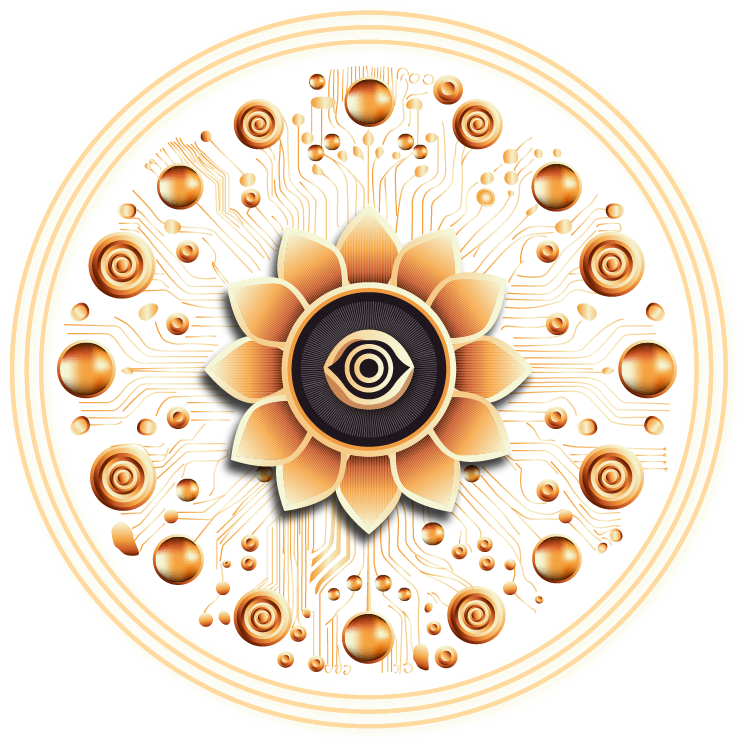The Quantum Principles at Work in My Mind (and in QDT)
The invisible code that governs every creation of The Witch.- Yanina Vallejos
Introduction: Companies That Operate in Multidimensionality
By Yanina Vallejos — The Business Witch
The world is no longer linear. Neither is business.
Today, the companies that lead are not the largest, nor those with the most capital, but those that know how to operate in multidimensionality.
And what does this mean?
It means that they operate on several levels simultaneously: physical, digital, emotional, social, technological, spiritual, and quantum.
Every decision, product, interaction, or technology they create impacts different levels of reality at the same time.
At NOT SWEET, I teach, mentor, and design for these companies.
Not those seeking to improve 10%, but those that want to redefine 100% of their field of action.
Because operating in multidimensionality means understanding that:
A brand is not just a visual identity—it is an energy that attracts and modifies environments.
A product is not just an object—it is a node of experiences, information, and consciousness.
A business isn’t just a transaction—it’s a transformation.
We’re not talking about Business 4.0 here.
We’re talking about 8D Companies.
Companies that can create hybrid realities, that understand that the economy isn’t just about capital, but attention, intention, and vibration.
Does this sound abstract to you?
It is for those who still live trapped in a single dimension.
For my clients, it’s the foundation of their competitive advantage.
And you, in how many dimensions does your business operate?
If you don’t know the answer, it’s time to redesign it.
